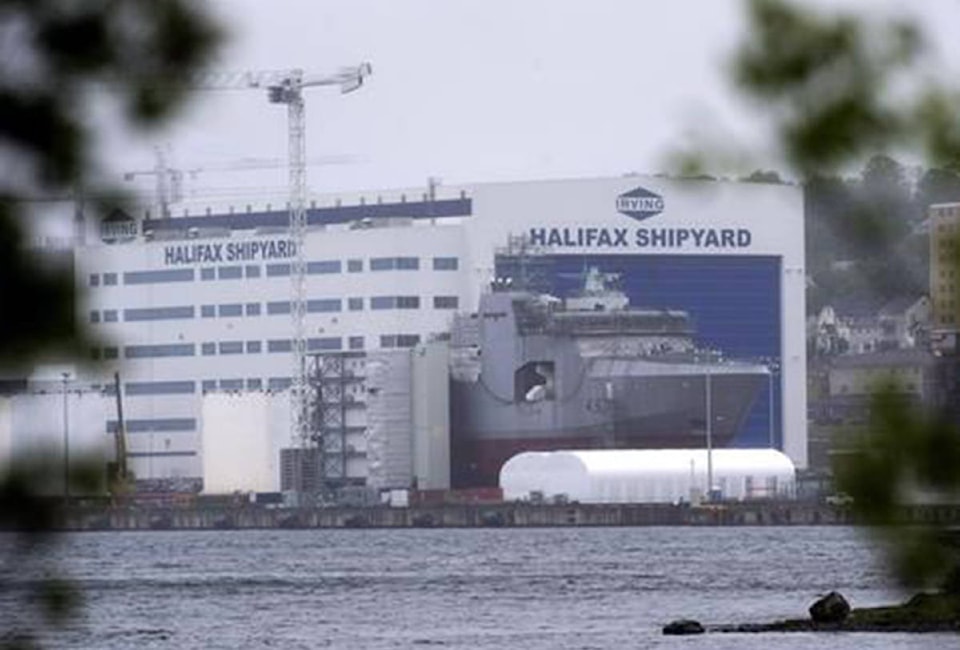Canada’s most expensive military project is entering a critical new phase as the government is on the verge of picking its top design for the country’s $60-billion fleet of new warships.
Defence insiders say the government wants to select a design by the end of the month from among three options submitted by several of the largest defence and shipbuilding companies in the world.
After that the government and Halifax-based Irving Shipbuilding, which will actually build the 15 new warships, will sit down with the selected bidder to hammer out the final cost and other details.
The stakes will be high for both sides, with hundreds of millions of dollars in play.
There will also be pressure to make up for lost time on a project already running behind schedule even though whatever decisions are taken could have ramifications on the navy — and taxpayers — for decades to come.
“That’s part of the tension between moving quickly and making the right choice,” said defence analyst David Perry of the Canadian Global Affairs Institute.
READ MORE: Potentially hazardous mould found in Canadian warship
READ MORE: Halifax shipyard says warship ‘gap’ could result in layoffs without federal help
The new warships will replace the navy’s 12 frigates and three destroyers, the latter of which have already been retired. They will be used for most of this century.
Launched in late 2016, the design competition has been the subject of rampant lobbying and complaints by defence industry players, with numerous revisions to the original request for bids and several deadline extensions.
That was despite defence officials and Irving having previously warned that time is of the essence when it comes to starting construction, and that they want to shave 18 to 24 months off the project.
There have also been questions about Irving’s role in the competition, and anger from some companies that British firm BAE was allowed to enter its Type 26 vessel despite the ship having never been built.
BAE and U.S.-based defence giant Lockheed Martin partnered together to propose the Type 26 for the design competition, which is up against separate proposals from Dutch firm Alion and Spanish shipbuilder Navantia.
A joint French-Italian design was disqualified because Paris-based Naval Group and Italian firm Fincantieri, who promised to build the warships faster and for less than anyone else, did not follow the established process for submitting proposals.
One of the big questions heading into the negotiations will be how much the selected design needs to be changed to reflect the navy’s needs and how much the navy will have to shift its requirements because changing the design will take more time and money.
Irving has warned that it could be forced to lay off hundreds of employees because of a production gap if work on the warships isn’t ready to start by the time it finishes building the navy’s new Arctic patrol ships in 2021 or 2022.
Government negotiators are also facing a battle over the amount of intellectual property that the top bidder will be required to hand over, which Ottawa wants so it can operate and maintain the vessels on its own after they are built.
Companies had originally been told that the winner would be required to turn over the full blueprints, but after significant resistance, the two sides agreed that the matter would be negotiated before a contract is awarded.
The government however warned that if the winning ship designer drives too hard a bargain on the intellectual property front they face the risk of officials pulling the plug on talks and moving on to the next company.
Perry said that while there are many challenges ahead before a deal for a design is signed — and before any of the new warships actually get into the water — this is a critical step forward.
“You can’t dance until you pick a dance partner,” he said.
Lee Berthiaume, The Canadian Press
